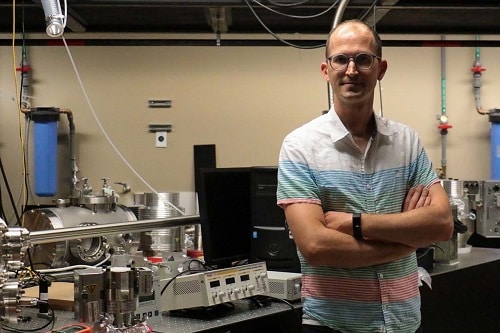The device’s ability to analyse high speed light wave oscillations enables real-time measurement of the electric fields of laser pulses

Conventional oscilloscopes are not able to accurately measure readings related to the electric field of light particularly due to high speeds of light wave oscillations that are in the order of several gigahertz.
Such high speeds enable the coverage of the entire radio frequency and microwave regions of the electromagnetic spectrum, allowing higher speeds for transmitting information.
Although existing oscilloscopes can measure light field signals associated with ‘pulses’ of light, measuring their peaks and valleys is, however, not possible.
So to help in the extraction of information from the above parameters, a research team at the University of Central Florida (UCF) has developed an optical oscilloscope that can convert light oscillations into electrical signals with ease, much like hospital monitors that convert a patient’s heartbeat into electrical oscillation.
“Fibre optic communications have taken advantage of light to make things faster, but we are still functionally limited by the speed of the oscilloscope,” says Michael Chini, physics associate professor at UCF. “Our optical oscilloscope may be able to increase that speed by a factor of about 10,000.”
Designed and developed at the Laboratory for Ultrafast Metrology and Attoscience in Solids (LUMAS) that Prof Chini heads, the device has the capability for real-time measurement of the electric fields of individual laser pulses.
The next step for the team is to see how far they can push the speed limits of the technique.
Read here for more info






